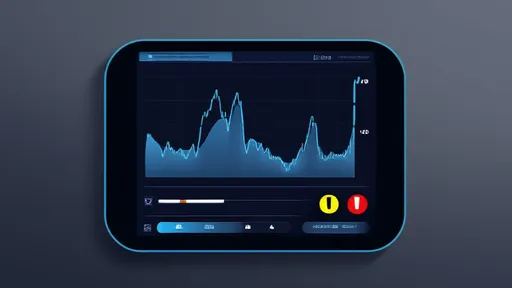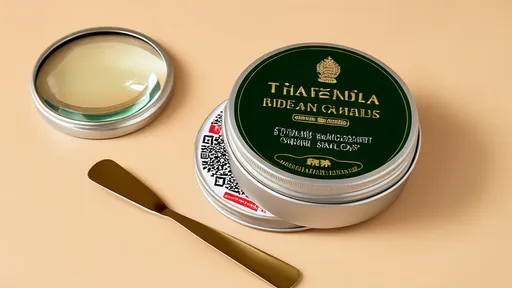In recent years, Thai herbal products have gained immense popularity worldwide, with Thai green balm being one of the most sought-after items. Known for its soothing and healing properties, this traditional remedy has become a staple in many households. However, with its rising demand, counterfeit products have flooded the market, making it crucial for consumers to identify genuine items. One of the most reliable ways to ensure authenticity is by checking the product's anti-counterfeit code. This article delves into the specifics of where to find this code and how to verify it.
The Importance of Authenticity in Thai Green Balm
Thai green balm is revered for its natural ingredients, including camphor, menthol, and various herbal extracts, which provide relief from muscle pain, insect bites, and headaches. Counterfeit versions, however, often contain inferior or harmful substances that can cause skin irritation or other adverse effects. To protect consumers, manufacturers have incorporated anti-counterfeit measures, such as unique verification codes, on their packaging. Recognizing these features is essential for ensuring you’re using a safe and effective product.
Locating the Anti-Counterfeit Code
Authentic Thai green balm products typically feature an anti-counterfeit code on the packaging. This code is usually placed on the box or the container itself, depending on the brand. For instance, some brands print the code on a sticker affixed to the box’s side or bottom, while others emboss it directly onto the tube or jar. The code is often accompanied by a QR code or a holographic seal, adding an extra layer of security. It’s important to inspect the packaging thoroughly, as counterfeiters may replicate these features poorly or omit them entirely.
How to Verify the Anti-Counterfeit Code
Once you’ve located the code, verifying its authenticity is straightforward. Most brands provide an online verification system on their official website or a dedicated mobile app. By entering the code into the designated field, you can instantly confirm whether the product is genuine. Some brands also offer SMS verification, where you send the code to a specified number and receive a reply confirming its validity. If the code doesn’t register or has been used multiple times, it’s likely a fake. Always ensure you’re using the official verification channels provided by the manufacturer.
Common Pitfalls and Red Flags
While anti-counterfeit codes are a reliable tool, counterfeiters are becoming increasingly sophisticated. Some common red flags include smudged or poorly printed codes, missing holographic seals, or packaging that feels flimsy or low-quality. Additionally, if the product is significantly cheaper than the market price, it’s a strong indicator of a counterfeit. Always purchase Thai green balm from authorized retailers or reputable online stores to minimize the risk of buying fake products.
The Role of Consumer Awareness
As the market for Thai green balm continues to grow, consumer awareness plays a pivotal role in combating counterfeit products. By familiarizing yourself with the authentic packaging and verification processes, you can make informed purchasing decisions. Sharing this knowledge with others also helps create a more vigilant consumer base, discouraging counterfeiters from thriving. Remember, a genuine product not only ensures efficacy but also safeguards your health and well-being.
Final Thoughts
Thai green balm is a remarkable herbal remedy with numerous benefits, but its popularity has made it a target for counterfeiters. Identifying the anti-counterfeit code and verifying its authenticity is a simple yet effective way to ensure you’re using a genuine product. Always take the time to inspect the packaging and use the official verification methods provided by the brand. By doing so, you can enjoy the full benefits of this traditional remedy without compromising on quality or safety.

By /Aug 4, 2025

By /Aug 4, 2025

By /Aug 4, 2025

By /Aug 4, 2025

By /Aug 4, 2025

By /Aug 4, 2025

By /Aug 4, 2025

By /Aug 4, 2025

By /Aug 4, 2025

By /Aug 4, 2025

By /Aug 4, 2025

By /Aug 4, 2025

By /Aug 4, 2025

By /Aug 4, 2025

By /Aug 4, 2025

By /Aug 4, 2025

By /Aug 4, 2025

By /Aug 4, 2025

By /Aug 4, 2025

By /Aug 4, 2025